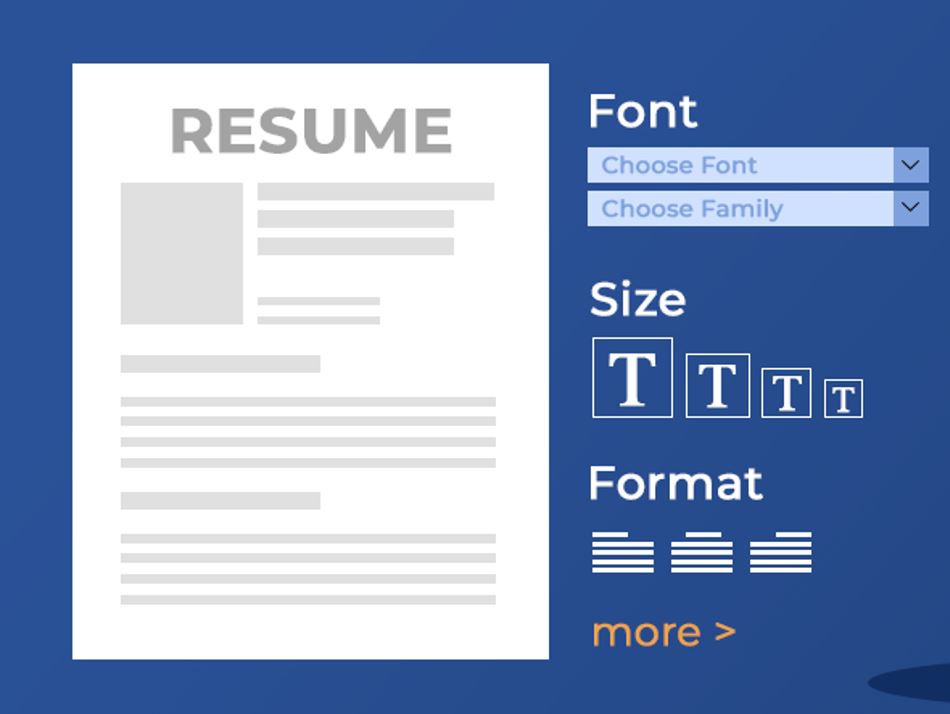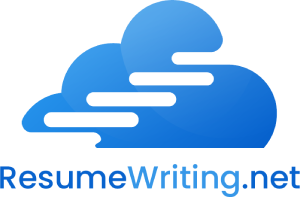In today’s competitive job market, your resume is your first impression to potential employers. A well-structured, flawless request can make the difference in catching the eye of a hiring manager in a sea of candidates. But where do you start? Fear not, because we’ve put together a comprehensive guide to help you how to format a resume, master it, and make sure yours stands out for all the right reasons.

Now, let us take a closer look at each step and understand how to format a resume correctly:
Pick the Right Font and Size: While picking a font, try to prefer readability instead of creative innovation. Choose fonts such as Arial, Calibri, or Times New Roman, because these are accepted in most professional employment opportunities. The font size should lie between 10 to 12 points for the body text because it reads very well. Heading of the sections should be a little bit larger than the body text size, between 14 to 16 points, such that the heading is readable but is not too disturbing for the reader.
Add Margins and Alignment: Margins ensure the document looks neat, clean, and easy to read. Keep one-inch margins on all sides at the top, bottom, left, and right. Align all your text to the left also because I find it gives the pages a nice clean look as well as keeping your stuff in line. The key is to be consistent with the alignment throughout the document. Stay away from mixing up the left and center-aligned.
Create a Clean Header: Your header should have your full name, contact information, and a website or LinkedIn link. I’ve made it bold and bigger to make it easy for the recruiter to find your contact information—without having to scroll through the entire document.
Write a compelling Summary or Objective: Your resume’s introduction should state in a few words who you are and what your objective is. It can be either a resume summary of your professional experience or an objective statement of your career goals. Customize this section in accordance with the applied job, highlighting your most important qualifications and experiences that will add interest to your credibility. Try to keep it short but powerful within 3-4 sentences.
Organize Your Resume Sections: Divide your resume into different sections; that makes it easy to read and, in addition, makes it easier for a recruiter to scroll through. Some of the common sections are “Education,” “Experience,” “Skills,” “Certifications,” and “Achievements.” Arrange the sections in the most important manner possible to the job you are applying for, and put the most relevant sections on the top.
Showcase Your Successes: Instead of just listing job duties, describe the results you brought about in each role you held. Itemize the specific achievements you have had and contributions you have made under bullet points. The bullet points should describe your accomplishments, quantifiable results, and completed projects. Begin each bullet point with a powerful action verb—this puts the reader in the know that you are proactive and that you made a difference.
Effective Use of White Space: The white space in your resume is the empty space left between the text and graphics. More white space in your resume writing will enhance readability and appearance by preventing information overload. Don’t overload your resume with too much text or graphics. Instead, apply the use of bulleted lists and strategic spacing to create a balanced look of your resume.
Be Consistent in Formatting: The best resume must show consistency in formatting. Consistency applies to text written in a similar font type, size, and style. In this context, the consistency includes the same formatting in section headings, bullet points, and dates.
Add Relevant Keywords: Tailoring your resume for every job application means adding keywords and phrases from the job description. The keywords should reflect the skills, qualifications, and experience that an employer is looking for. Including relevant keywords makes your resume more likely to pass through applicant tracking systems (ATS) and to appeal to hiring managers.
Proofread, Edit: Once you have finalized your resume, you will want to proofread it to ensure that there are no spelling, grammatical, or punctuation errors. Check the details such as dates, job titles, and contact information as they’re more important to be sure of. There are always trusted peers or mentors who can help you with their valuable insights and suggestions for improving the document.
Following these widened guidelines and best practices for each step will thus produce a well-formatted resume that effectively showcases your qualifications, accomplishments, and potential to potential employers. Remember, your resume is the best way to show your professional brand, and it takes care to shine.

